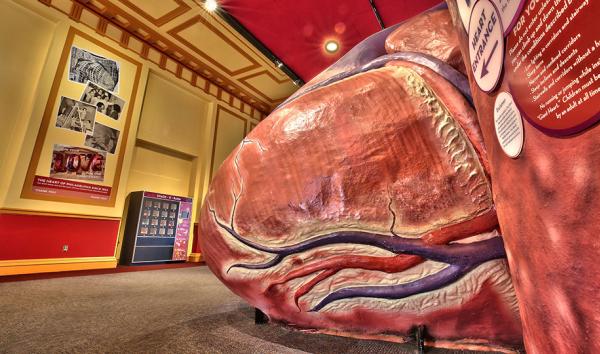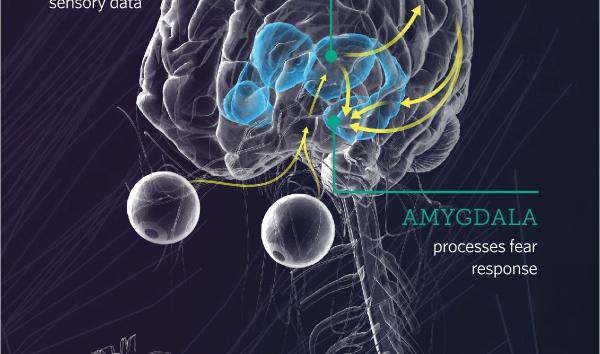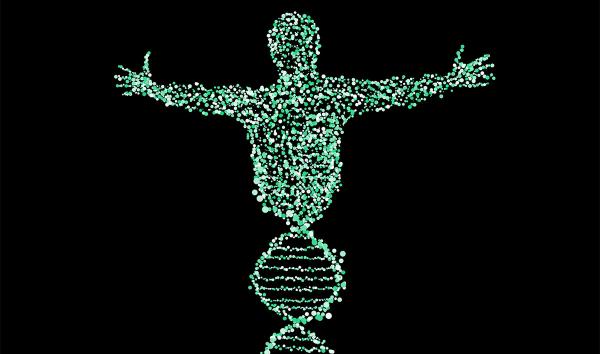Jayatri Das, Ph.D.

Jayatri Das, Ph.D.
As Chief Bioscientist at The Franklin Institute, Jayatri Das helps us understand ourselves. How do our brains work? How do our neighborhoods affect our health? How will new technologies change our future? As an awesome science communicator, she brings us all into the conversation!

Jayatri has led exhibit development of both Your Brain, a national award-winning exhibit about the neuroscience and psychology of the human brain, and SportsZone. She also leads The Franklin Institute’s programming initiatives about materials science, nanotechnology, synthetic biology and other areas of emerging science and their impact on our everyday lives.
Jayatri earned her Ph.D. in ecology and evolutionary biology from Princeton University and conducted postdoctoral research in biology at the University of Pennsylvania, investigating the biochemical processes that allow living things to adapt to different environments (and hunting for wild fruit flies from Florida to Canada along the way). Watch her Science Story about a moment of unexpected discovery!
Prior to joining The Franklin Institute, Jayatri held a Science and Technology Policy Fellowship at the Marian Koshland Science Museum of the National Academy of Sciences in Washington, DC. In 2016, she was honored with the American Alliance of Museums’ Nancy Hanks Award for Professional Excellence. Jayatri is an invited Fellow of the Center for Neuroscience & Society at the University of Pennsylvania.
Follow her on Twitter at @JayatriDas.
Recent Blogs by Author

SARS-CoV-2: Still More Questions than Answers
Update: On February 11, The World Health Organization announced that the official name of the disease caused by the coronavirus is COVID-19, combining “coronavirus,” “disease,” and 2019–the year the virus emerged. The current reference name for the virus itself is severe acute respiratory syndrome coronavirus 2 (SARS-CoV-2).

Refreshing and Upgrading Our Giant Heart Exhibit
The Giant Heart exhibit will be temporarily closed from November 4 through 15, reopening on November 16. Keep reading to find out what’s in store!

Fear and Your Brain
It’s a dark and stormy night. Boom! You hear a loud crash. You see a flash of movement. The fear sets in. Your brain has jumped into alert mode.
Fear is an essential function of the brain. Throughout human evolutionary history, fear has kept us alive. How does it work? A cascade of reactions in your brain and body helps you prepare for danger. Sensory information—like what you see and hear around you—first zips straight to a part of your brain called your thalamus. The data then branches off into two different routes.

Why Isn't Medical Research More Diverse?
This week, investigative journalists published an analysis of recent clinical trials of cancer drugs from the Food and Drug Administration. The report from ProPublica and StatNews showed a sobering, but sadly not surprising, result. African Americans are severely underrepresented in clinical trials of these drugs, even when they are at higher risk for that particular type of cancer.

Can We Turn Back the Clock on Aging?
Wrinkles, gray hair, slowing down—as we grow older, our bodies start to show signs of the wear and tear of life. This week, scientists from the University of Alabama published a new study demonstrating that among the factors causing these physical signs of age are our mitochondria, the tiny energy factories inside our cells.

Should We Edit Our Evolution?
Maybe you watched the movie Rampage and had nightmares about animals turning into gene-edited monsters. Maybe you saw John Oliver’s recent (hilarious and pretty accurate, albeit NSFW due to adult language) take on the hype vs. reality of CRISPR gene editing.

